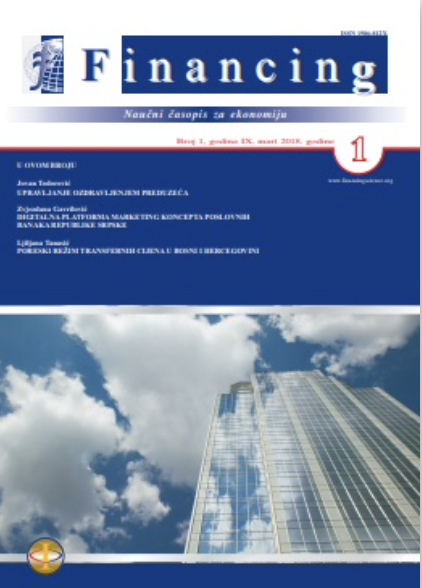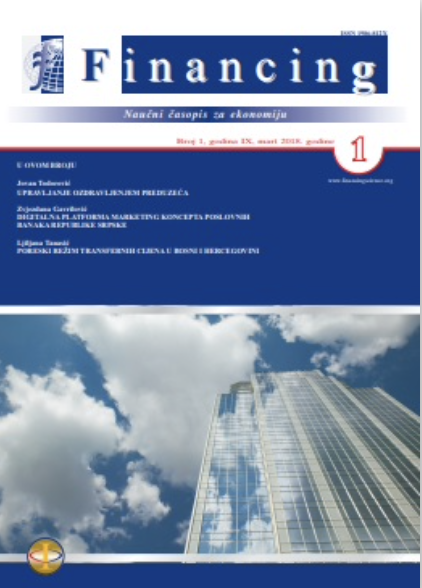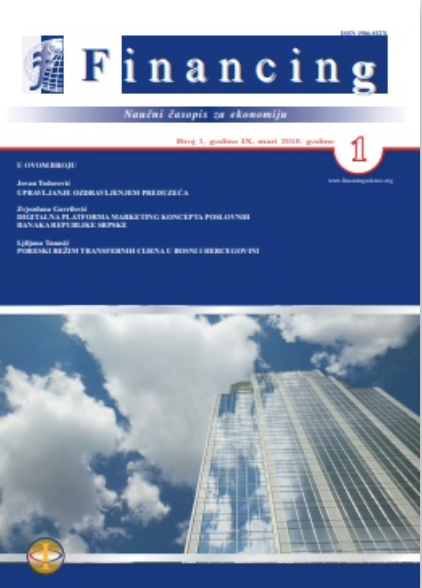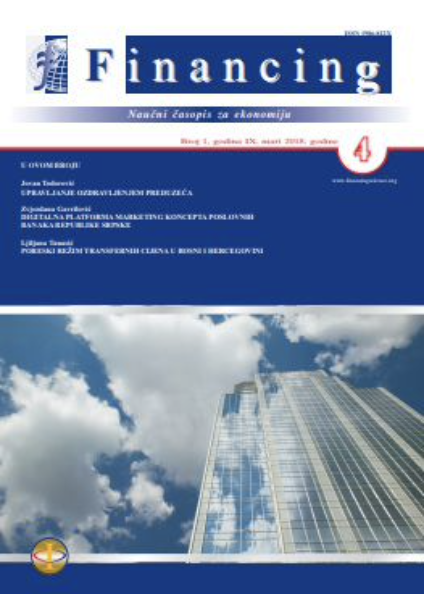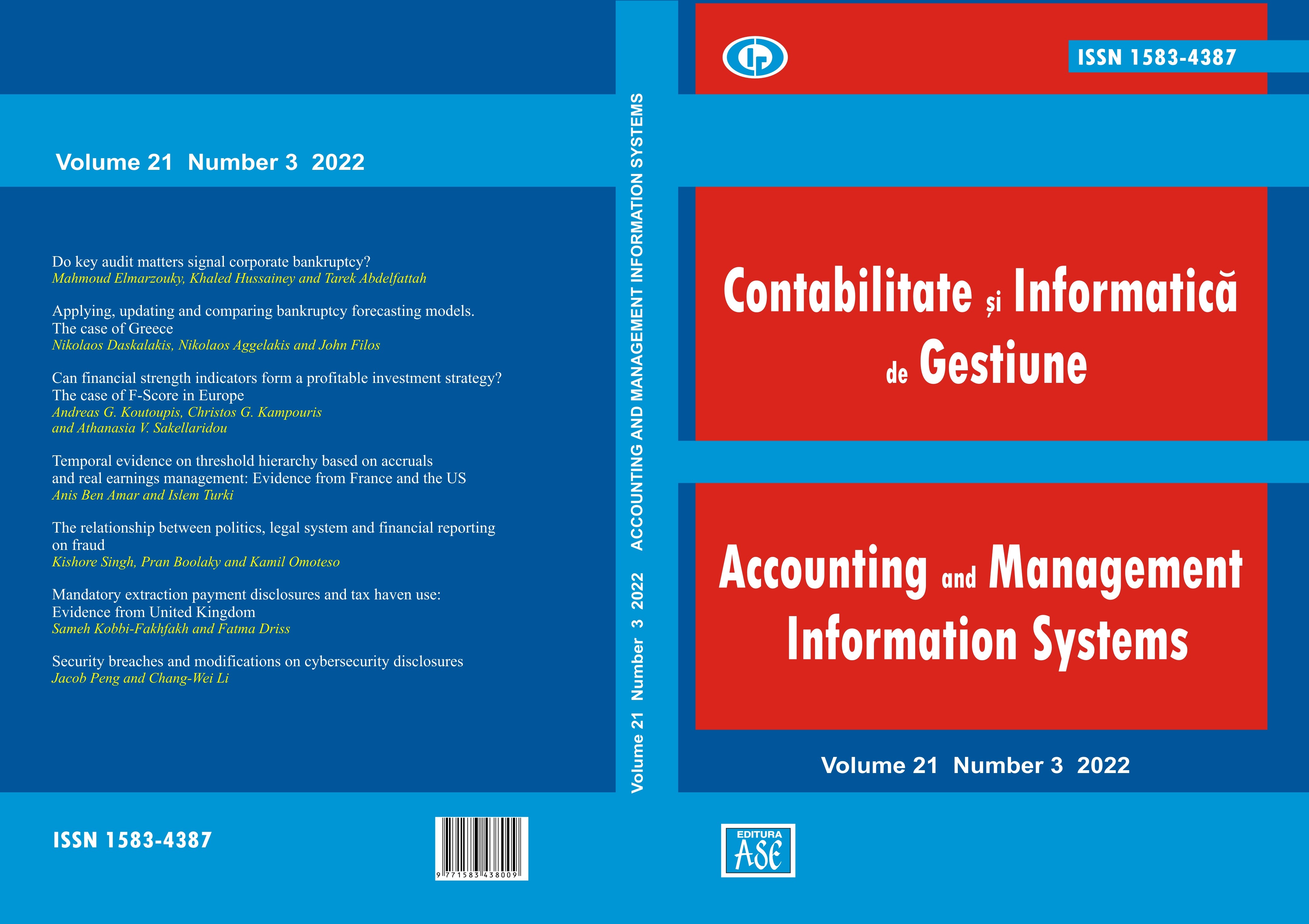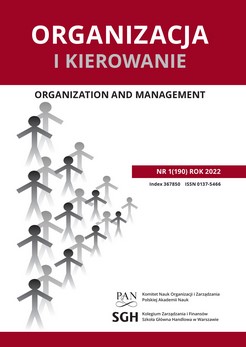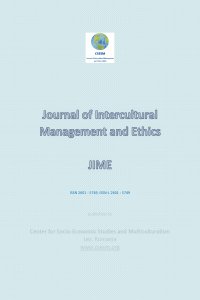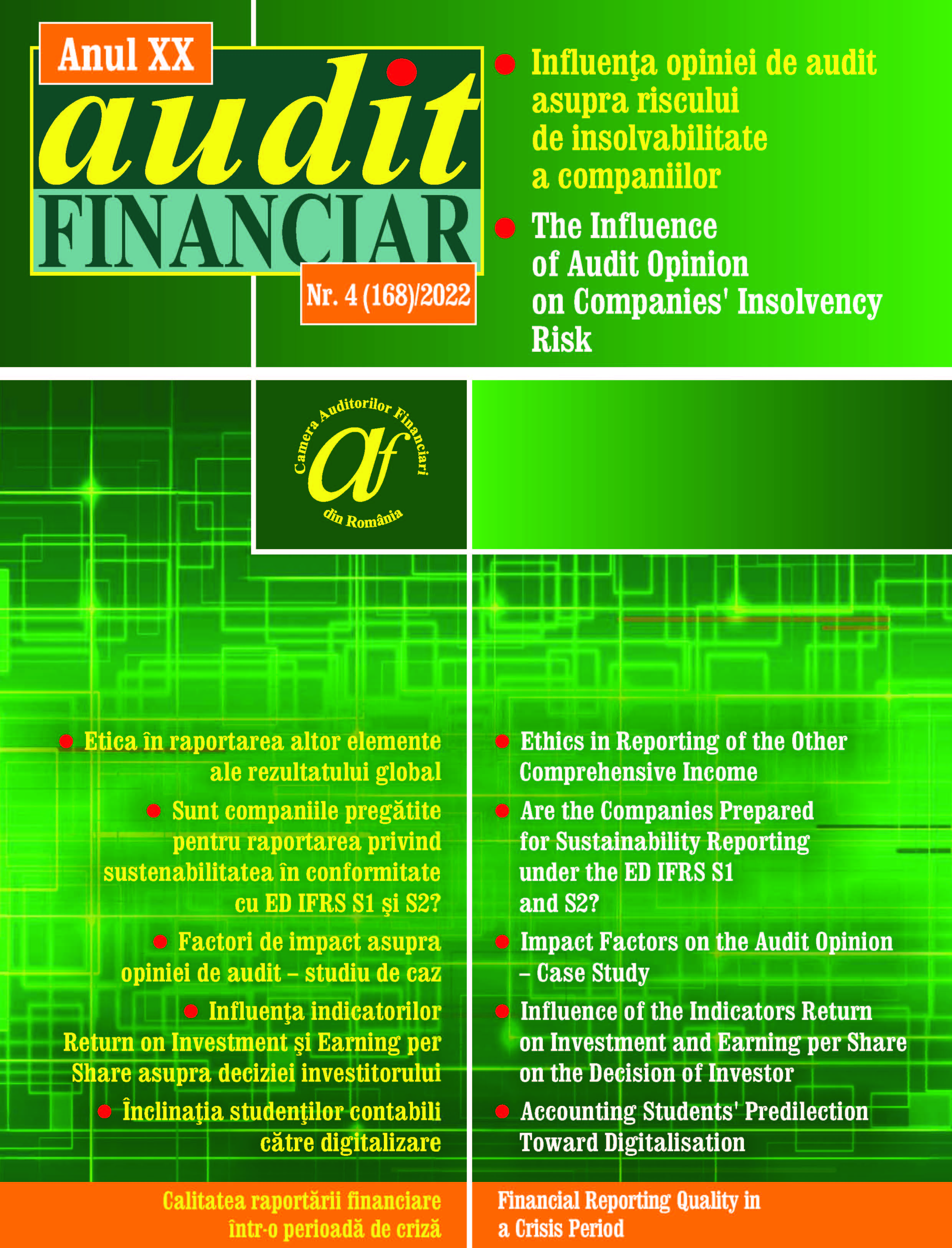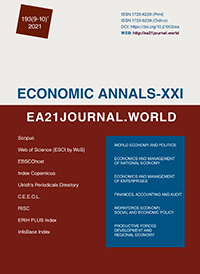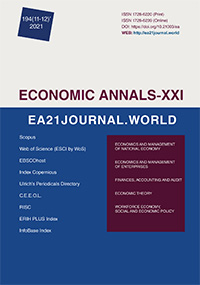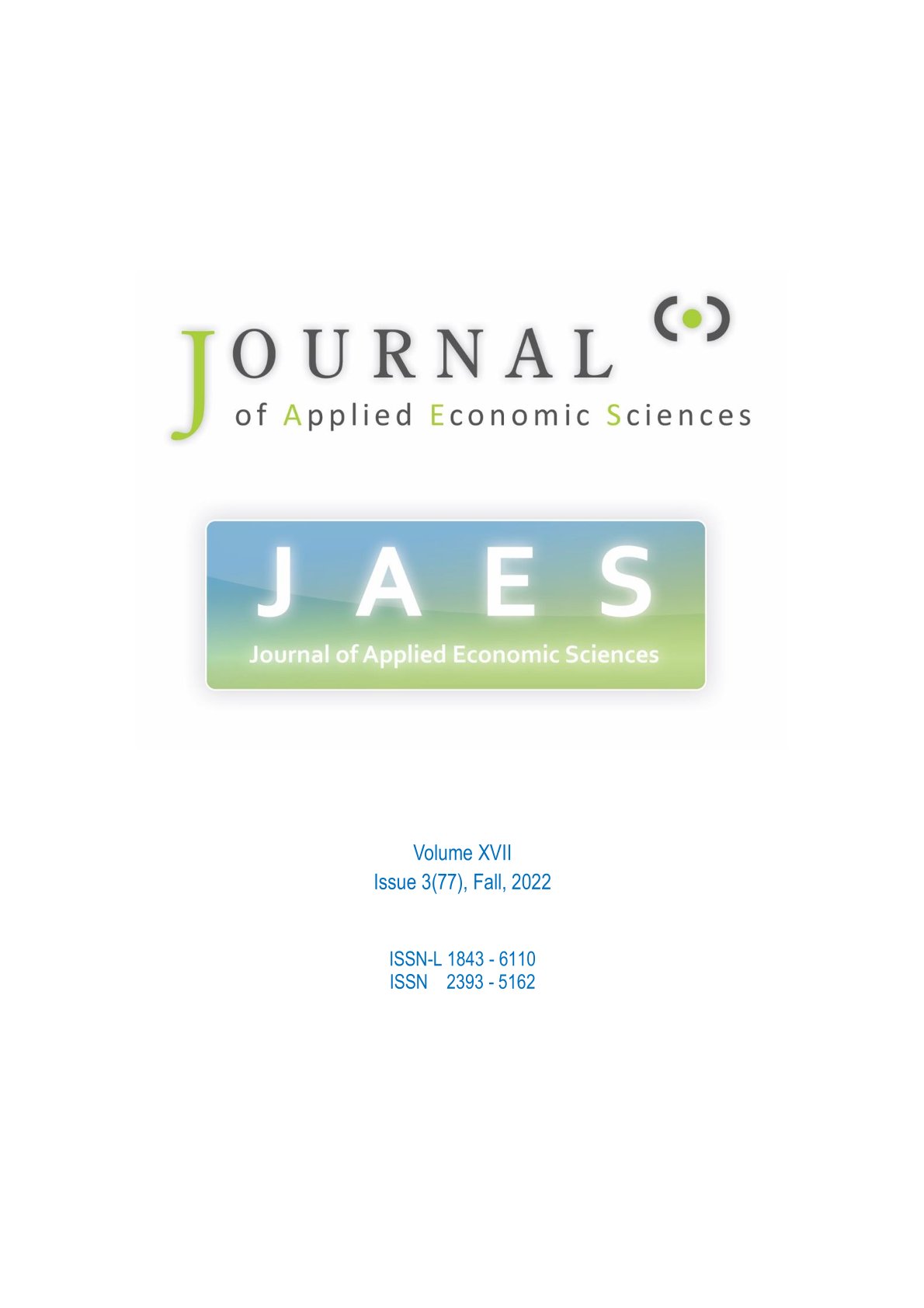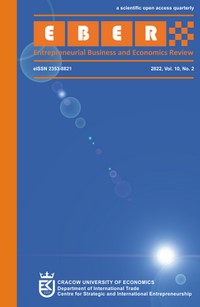
How small printing firms alleviate impact of pandemic crisis? Identifying configurations of successful strategies with fuzzy-set qualitative comparative analysis
Objective: The objective of this article is to identify strategies that can help small firms alleviate the negative impact of the Covid-19 crisis. We tested six strategies (namely, entrepreneurial, market penetration, market development, product development, diversification, and cooperation). In particular, we identified combinations of these strategies that may lead to performance during the current pandemic crisis. Research Design & Methods: This is a quantitative study that uses fuzzy-set qualitative comparative analysis (fsQCA). We identified and compared combinations of strategies that are specific for three market conditions; namely, non-crisis, the initial phase of the crisis, and the advanced phase of the crisis. The research sample consisted of 150 small printing enterprises operating across Poland. Findings: Our findings show that combinations that may lead to firm performance during crises differ from those that are specific for non-crisis conditions. Specifically, the presence of a diversification strategy together with the absence of a market-penetration strategy along with the presence of entrepreneurial, market-development, and product-development strategies may lead to an increase in firm performance before the crisis. During the initial phase of a crisis, the presence of an entrepreneurial strategy together with a product-development strategy or a product-development strategy that is accompanied by a diversification strategy may lead to an increase in firm performance. During the advanced phase of the crisis, the presence of an entrepreneurial strategy together with a product-development strategy along with a set of entrepreneurial, market-penetration, market-development, and cooperation strategies may lead to an increase in firm performance. The most common strategies are product-development and entrepreneurial strategies; these are present under all market conditions. Implications & Recommendations: This study confirms the role of a firm’s strategy. This study exposes the necessity of adapting the strategy to changing market conditions. In particular, this study indicates which strategies and their combinations enable a firm to alleviate the impact of a crisis. These observations have meaningful managerial implications for entrepreneurs regarding the current Covid-19 pandemic crisis and possible future crises. Contribution & Value Added: The findings of this study contribute to the literature on the response to the Covid-19 crisis. In particular, this study indicates strategies that can help firms mitigate the impact of the pandemic crisis. This study implemented the fsQCA methodology to identify combinations of strategies that enable the mitigation of the negative impact of the crisis.
More...
